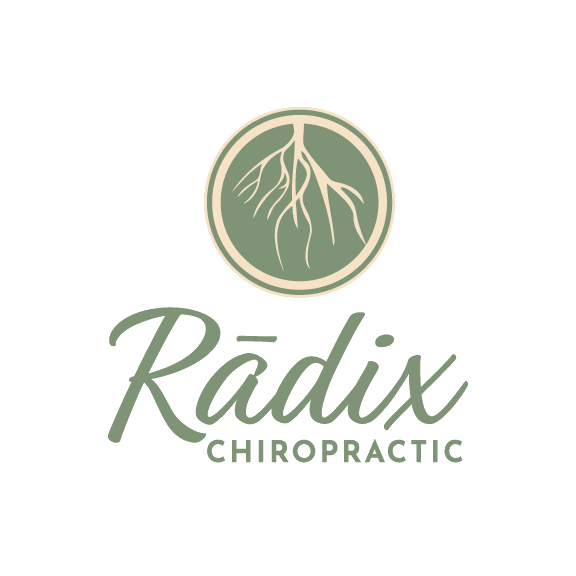Hip dysplasia occurs when the bones in your hip joint do not fit together correctly. There are different ways to restore the position of the bones in your joints, including the option of undergoing hip surgery.
You can choose chiropractic care for hip bursitis and dysplasia—a natural and noninvasive approach to treatment. Let’s explore the potential of using chiropractic care to help with hip dysplasia.
The Different Causes of Hip Dysplasia
Several factors can cause hip dysplasia, including:
- The abnormality in the structure of your hip joint, which makes it irregularly shaped and unstable.
- The weakness in your muscles can also cause the hip joint to become unstable, which then strains the ligaments that hold the joint in the hip socket.
- Improper growth that contributes to the bones in your hip not fitting together correctly.
- Inadequate nutrition can also result in structural abnormalities that cause the bones in the hips not to fit correctly.
- Excessive weight gain during pregnancy can also result in hip dysplasia.
- Genetic factors, such as coming from a family with hip dysplasia.
Identifying Signs of Hip Dysplasia
In addition to pain when sitting or standing for extended periods, you will also experience the following when you have hip dysplasia:
- You will walk with a waddling gait or limp.
- You will experience difficulty standing up from a sitting or lying position.
- You will not have a wide range of motion around your hips.
- You will sense grinding noses from your joints when you move.
Should You See a Chiropractor for Hip Dysplasia?
There are a wide range of reasons why you should see a chiropractor for hip dysplasia:
- The manipulation of the hip joint by a chiropractor will improve the range of motion around your joints.
- Chiropractic manipulation reduces the inflammation around the hip joint.
- Chiropractic manipulation also restores flexibility, which will help alleviate muscular tension around the hip area.
- Improved flexibility is the key factor in managing and preventing more episodes associated with hip dysplasia.
- You should also see a chiropractor because chiropractic treatment incorporates lifestyle modifications, such as stress management, nutrition, and exercise routines, which can prevent or delay the onset of hip dysplasia.
Read more: Understanding Hip Flexor Pain and the Role of Chiropractic Care
Discover Natural Relief for Hip Dysplasia
Are you struggling with hip dysplasia and searching for a noninvasive treatment option? Look no further than Radix Chiropractic, your trusted family chiropractor in Colorado Springs. Our experienced professional chiropractic in Colorado Springs can help you to reduce hip pain and aims to prevent recurrence. For a safer, effective alternative to surgery, contact us today and experience our expert care.


